Credit highlights contribute positively to economic growth
Assessing the positive growth indicators in the first quarter of 2025, Dr. Chau Dinh Linh, Banking University of Ho Chi Minh City, said that the credit growth target of 16% was announced by the State Bank of Vietnam at the beginning of the year, helping banks to be proactive in lending activities, so the high growth rate is understandable. The driving force for credit growth in the first quarter mainly came from priority and key sectors such as agriculture, import and export, and business support. For example, according to the latest data from the State Bank of Vietnam, Region 1, outstanding loans to small and medium-sized enterprises reached about VND863,207 billion, accounting for 19.2% of total outstanding loans in the area. In addition, banks in Hanoi also promoted lending in the agricultural and rural sectors with a total outstanding loan of VND400,132 billion, equivalent to 8.9% of total outstanding loans. In addition, the banking system actively participates in large-scale public investment projects, thereby contributing to promoting credit in the construction sector.
One of the factors identified as an important driving force for credit growth much higher than the same period is low lending interest rates, cheap capital flows penetrate the economy faster. Up to this point, lending interest rates have decreased by 0.4% compared to the end of 2024. Currently, the average lending interest rate of domestic commercial banks for new and old loans with outstanding debt is at 6.7-9%/year. The average short-term lending interest rate in VND for priority sectors is about 3.9%/year, lower than the maximum short-term lending interest rate prescribed by the State Bank (4%/year).
Growth drivers from within the economy
The interest rate level kept at a low level for a long time has been effective and has become one of the important driving forces for credit growth throughout the system. However, this tool is very difficult to maintain, especially in the context of the US announcing reciprocal tariffs on goods from a series of countries, including Vietnam. This move from the US side puts great pressure on the SBV's exchange rate management, and continuing to loosen monetary policy can lead to many risks.
Mr. Suan Teck Kin, Director of Global Market and Economic Research, UOB Bank (Singapore), commented that the big challenge will be fluctuations in the financial market when the USD increases. Therefore, it is difficult for Vietnam to cut interest rates because the pressure on the USD is still high and inflation is not low enough. This expert believes that the solution of the State Bank at this time is to flexibly manage interest rates, balancing with exchange rates to promote credit growth.
Meanwhile, Dr. Chau Dinh Linh frankly admitted that the story now is not about reducing interest rates but about adapting flexibly to the new context. The State Bank can use many other tools from the open market to regulate liquidity and solve various problems of the banking system. Regarding the exchange rate issue, although there are barriers and challenges in management, there is an advantage that our foreign exchange reserves are at a high level. "Vietnam has a source of foreign currency from disbursement of foreign direct investment (FDI), remittances... which will partly supplement financial resources, creating a certain balance against the pressure from global exchange rate fluctuations," Mr. Linh analyzed.
Regarding the story of credit growth, Mr. Pham Luu Hung, Chief Economist, Director of SSI Research, said that the driving force will come from domestic demand, the State Bank's credit growth target of more than 16% this year can still be achieved. According to Mr. Hung, previously, infrastructure lending was classified as a risky field because of the long payback period, banks faced the risk of imbalance in term structure. But now, the Government has a policy of promoting infrastructure investment, procedures related to public investment have also been shortened, businesses get their investment back faster, banks also promote infrastructure lending more.
Sharing the same view, Dr. Chau Dinh Linh commented that some traditional driving forces such as the real estate market continue to play an important role in credit growth. Currently, many difficulties in this field are gradually being resolved as the Government actively adjusts legal regulations, creating more favorable conditions for businesses to operate and implement projects. Many real estate projects are being restarted. In addition, to stimulate credit demand, it is necessary to promote domestic consumption and increase lending to high-tech enterprises - a group with great growth potential in the coming time, Mr. Linh suggested.
However, the current capital mobilization is increasing more slowly than the lending of the banking system, creating great pressure on banks to maintain liquidity and meet credit needs for the economy to achieve the growth target of over 8% in 2025. According to the leader of the State Bank, the banking sector currently lends more to the economy than the mobilized balance. That is, it mobilizes 9 VND but the banking sector lends up to 10 VND, the remaining shortage must use both equity capital and re-lending capital from the State Bank. However, the State Bank said it will use tools to support liquidity for credit institutions, creating conditions for providing credit capital to support growth.
However, in the long term, Dr. Chau Dinh Linh recommends that the State should soon come up with a plan to help the capital, bond and securities markets develop. This will help reduce the burden on the banking system, create comprehensive solutions, and support each other to achieve the goals of credit growth in particular and economic growth in general.
Source: https://thoibaonganhang.vn/tang-truong-tin-dung-truoc-nhung-thach-thuc-lon-162830.html


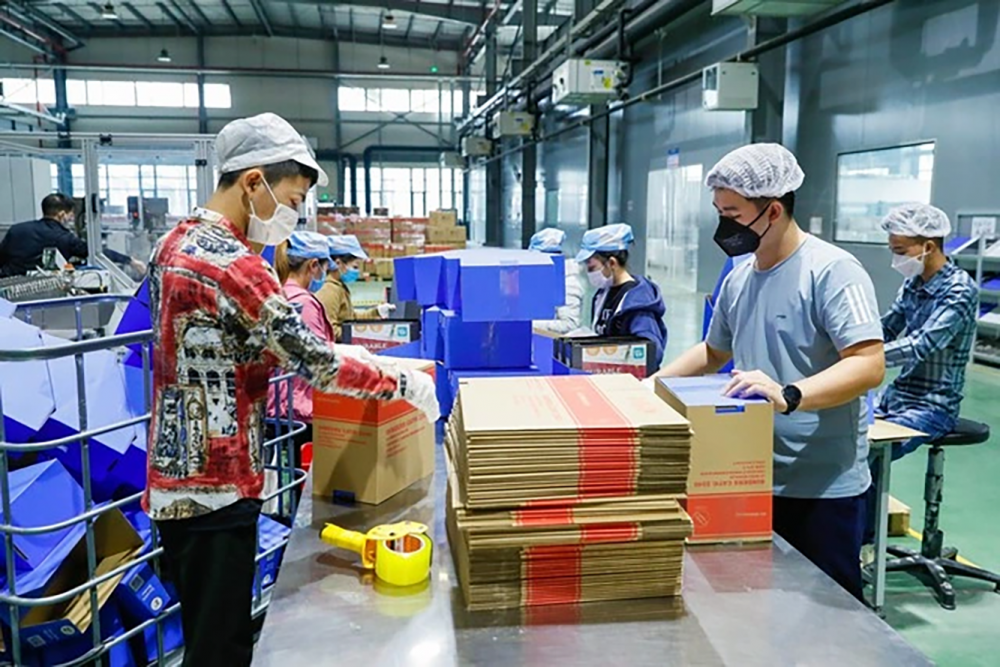



![[Photo] Prime Minister Pham Minh Chinh chairs Government Standing Committee meeting on Gia Binh airport project](https://vphoto.vietnam.vn/thumb/1200x675/vietnam/resource/IMAGE/2025/5/10/6d3bef55258d417b9bca53fbefd4aeee)
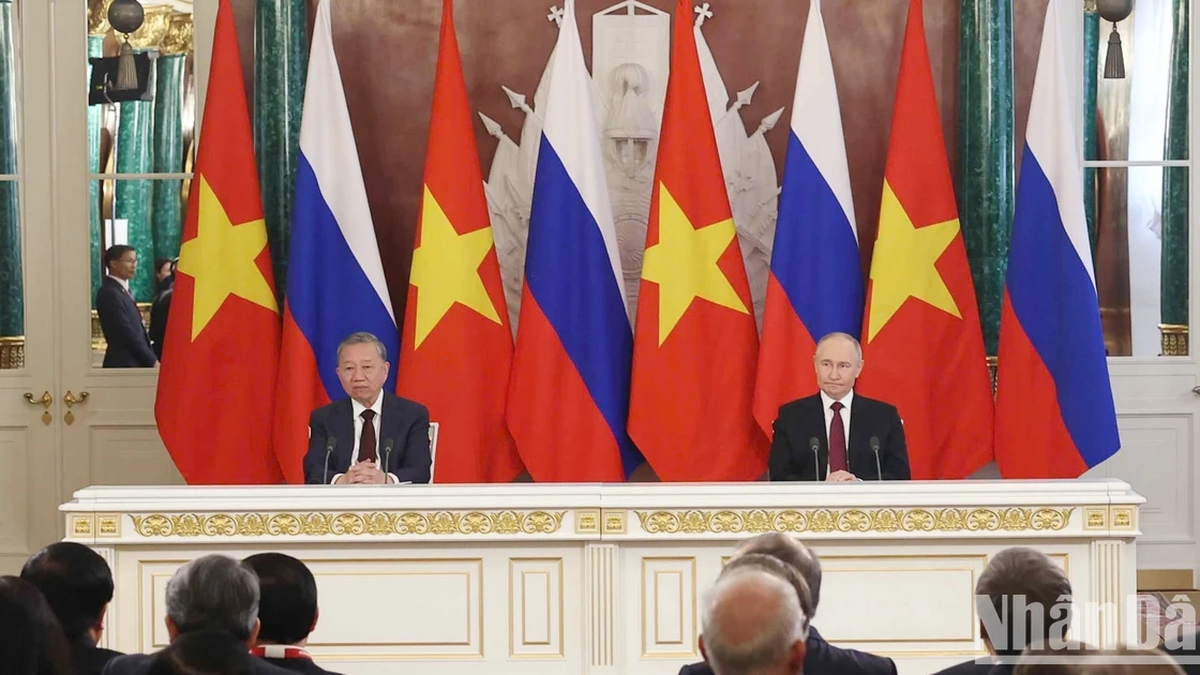
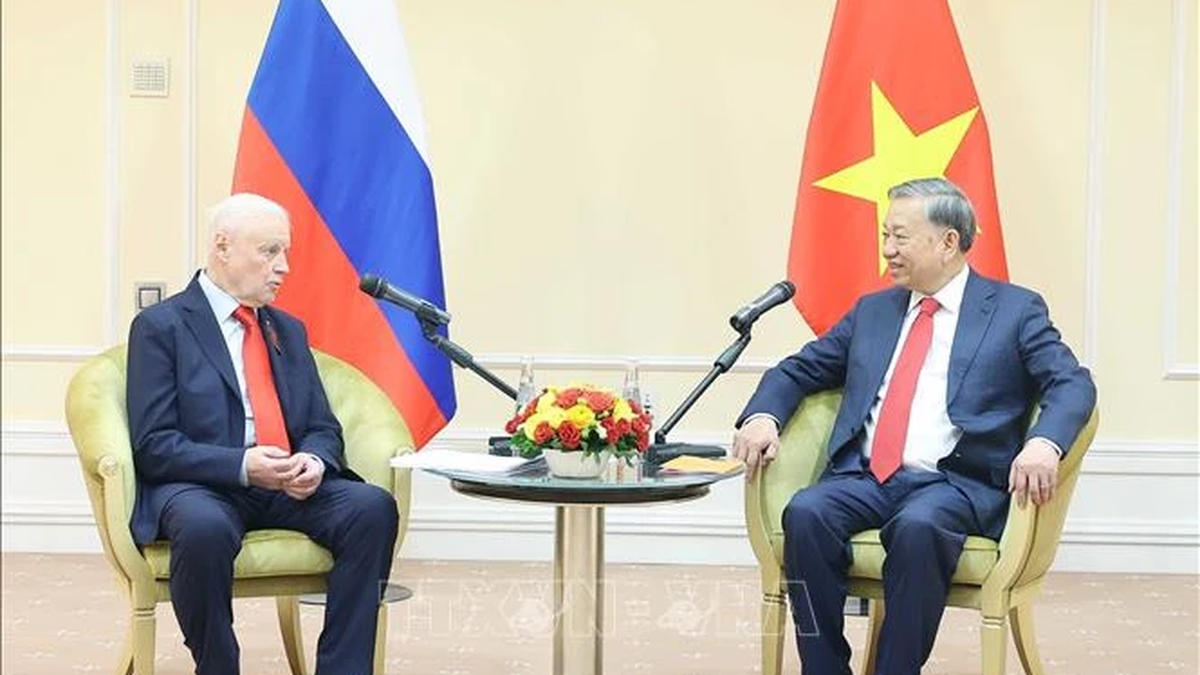


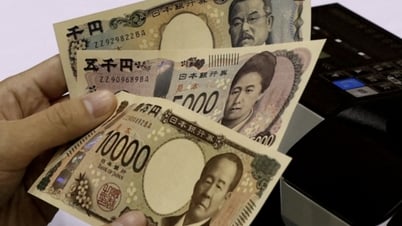
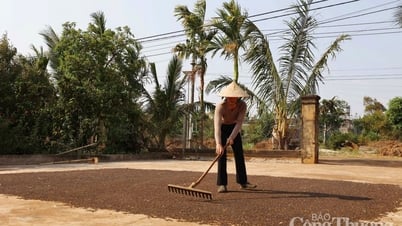

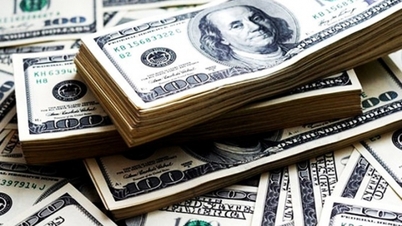



























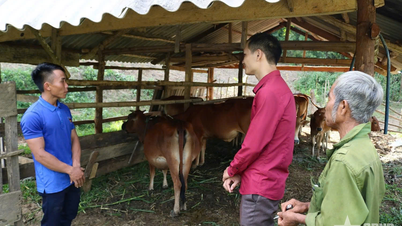

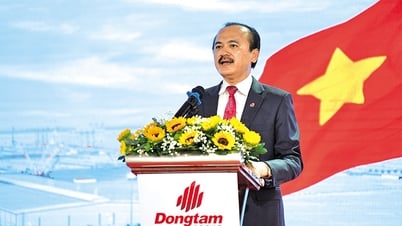

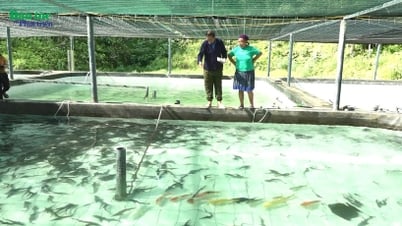










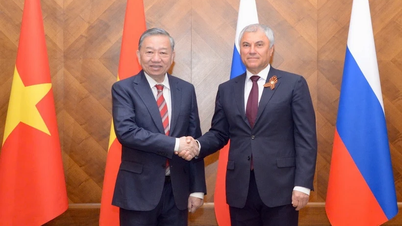





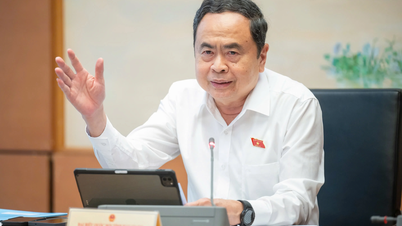










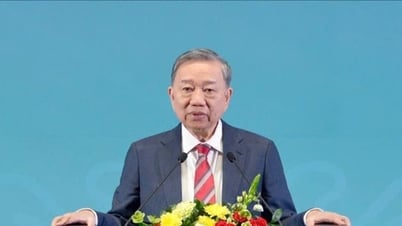



















Comment (0)